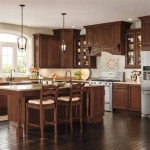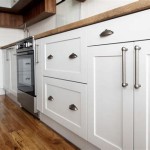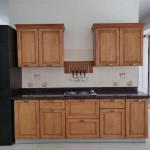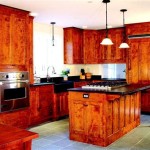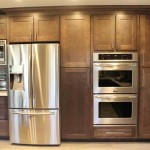Glazing Painted Kitchen Cabinets: A Comprehensive Guide
Glazing painted kitchen cabinets is a technique that adds depth, elegance, and protection to your kitchen cabinetry. Whether you're updating existing cabinets or designing a new kitchen from scratch, glazing can transform the overall look and feel of your space. This guide will provide you with all the essential information you need to understand the process, benefits, and considerations of glazing painted kitchen cabinets.
Process of Glazing Painted Kitchen Cabinets
Glazing involves applying a thin layer of glaze over the painted surface of kitchen cabinets. The glaze creates a translucent or semi-transparent finish that allows the underlying paint color to show through. The process typically involves the following steps:
- Sanding and cleaning the cabinet surfaces
- Applying a base coat of paint
- Applying the glaze in multiple layers
- Wiping off excess glaze
- Sealing the glaze with a topcoat
Benefits of Glazing Painted Kitchen Cabinets
Glazing painted kitchen cabinets offers numerous benefits, including:
- Enhanced Appearance: Glaze adds depth and richness to the paint color, creating a sophisticated and elegant look.
- Durability: The glaze layer provides additional protection against wear and tear, making the cabinets more durable and resistant to scratches and stains.
- Conceals Imperfections: Glazing can help conceal minor imperfections in the paint finish, resulting in a smoother and more polished appearance.
- Versatile: Glazing can be used with a wide range of paint colors and finishes, allowing you to customize the look of your cabinets to your personal style.
Considerations for Glazing Painted Kitchen Cabinets
Before glazing painted kitchen cabinets, consider the following factors:
- Type of Glaze: Glazes come in different finishes, such as matte, satin, or high-gloss. Choose a finish that complements the desired aesthetic of your kitchen.
- Color: The glaze color should enhance the base paint color without overpowering it. Consider using a glaze that is a slightly darker or lighter shade than the paint.
- Expertise: Glazing painted kitchen cabinets requires a certain level of skill and experience. It's recommended to consult with a professional painter or cabinetmaker if you're not comfortable doing it yourself.
- Cost: Glazing painted kitchen cabinets is typically more expensive than simply painting them. Factor in the cost of materials, labor, and potential preparation work.
Conclusion
Glazing painted kitchen cabinets is a technique that can transform the look and feel of your kitchen. By adding depth, elegance, and protection, glazing can enhance the aesthetic appeal and durability of your cabinetry. Whether you choose to glaze your cabinets yourself or hire a professional, understanding the process, benefits, and considerations will help you make informed decisions and achieve the desired results for your kitchen.

How To Glaze Kitchen Cabinets

How To Glaze Kitchen Cabinets Diyer S Guide Bob Vila

Rescuing And Reviving A Glazed Distressed Kitchen Bella Tucker

Porchswings N Honeysuckle Paint And Glaze Cabinet Tutorial Kitchen Cabinets Makeover Renovation Glazed

How To Glaze Cabinets At Home With The Barkers

3 Steps To Glaze Cabinets Correctly Painted Furniture Ideas Distressed Kitchen Glazed Chalk Paint

How To Glaze Cabinets At Home With The Barkers

How To Glaze Kitchen Cabinets Diyer S Guide Bob Vila

3 Great Reasons To Glaze Your Kitchen Cabinets

How To Glaze Kitchen Cabinets Diy Network
Related Posts

